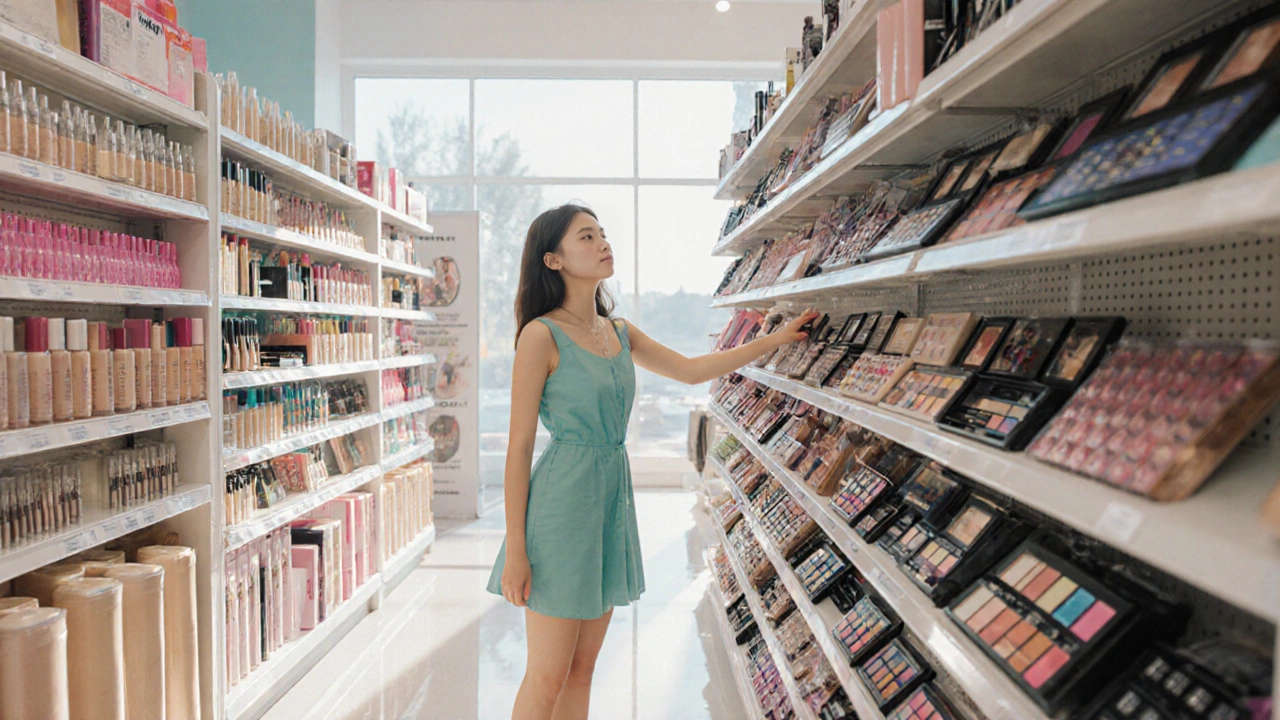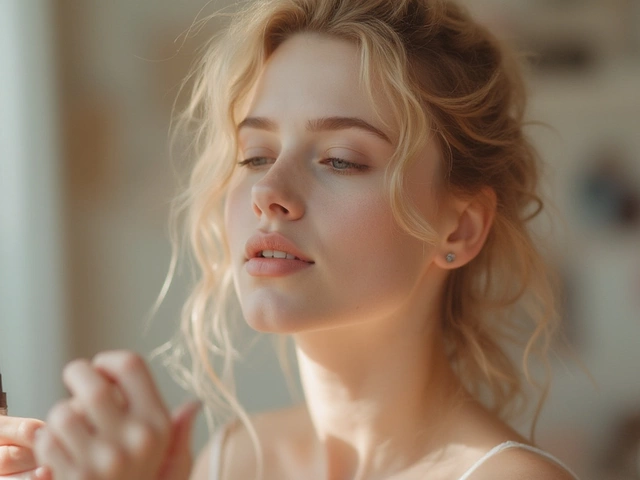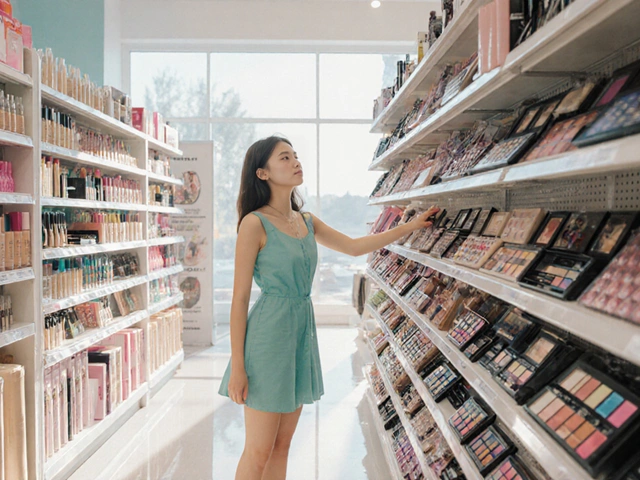Makeup Starter Kit Calculator
Your Personalized Starter Kit
Find exactly what you need based on your skin type, budget, and style preference
Starting a makeup routine can feel like walking into a color‑filled maze. You stare at endless shelves, wonder which shades actually work for you, and worry about blowing your budget on products you’ll never use. The good news? You only need a handful of well‑chosen items to create a polished look that lasts all day. Below is a step‑by‑step guide that tells you exactly what a true beginner makeup kit should contain, why each piece matters, and how to pick the right formula for your skin type and budget.
What belongs in a starter kit?
Every solid starter kit revolves around four core purposes: even out the skin tone, enhance the eyes, add a pop of color to the cheeks, and finish with a touch of definition. Anything beyond those basics is optional and can be added as you get more comfortable.
Foundation is a liquid or cream product that creates an even canvas by covering blemishes, redness, and texture differences. Choose a formula that matches your skin’s oiliness - a matte finish for oily skin, a dewy formula for dry skin. If you’re unsure about shade, test on your jawline in natural light; the color should disappear into your skin.
Concealer is a thicker, more pigmented product used to mask dark circles, spot blemishes, and any stubborn discoloration. Pick a shade one tone lighter than your foundation for under‑eye brightening, and a shade that matches your foundation for spot coverage.
Mascara adds volume and length to lashes, opening up the eyes and making them appear larger. A black, water‑resistant formula works for most skin tones and offers a dramatic but still natural look.
Eyeliner creates definition along the lash line; a pencil version is easiest for beginners because it can be smudged and corrected. Brown or soft black provides a softer everyday effect than stark jet black.
Eyeshadow Palette offers a range of matte and shimmer shades; a neutral 5‑color palette covers everything from natural daytime looks to subtle evening drama. Look for palettes with a mix of taupe, warm brown, soft pink, and a light highlight.
Blush adds a healthy flush to the cheeks; powder blushes are forgiving and work well on most skin types. A peachy or rose shade complements most undertones.
Two extra items round out the kit: a primer to lock in makeup and a set of basic brushes. A quality primer smooths texture and helps everything stay put for 8‑10 hours. A versatile brush set - a foundation brush, a fluffy powder brush, and an angled brush for eye work - keeps the application precise without breaking the bank.
How to pick products on a budget
Being a beginner doesn’t mean you have to splurge on high‑end brands. Many drugstore lines now formulate with skin‑friendly ingredients, and you can still achieve a professional finish.
| Product | Budget (<$15) | Mid‑Range ($15‑$30) |
|---|---|---|
| Foundation | Maybelline Fit Me Matte + Pore‑less | L’Oréal Infallible Fresh Wear |
| Concealer | NYX HD Matte Concealer | Rare Beauty Soft Glow Concealer |
| Mascara | Essence Lash Princess | Too Faced Better Than Sex |
| Eyeliner | Rimmel Exaggerate Pencil | Urban Decay 24/7 Glide‑On Pencil |
| Eyeshadow Palette | e.l.f. Natural Glow | NYX Professional Palette |
| Blush | Milani Baked Blush | Benefit Benetint |
| Primer | e.l.f. Pore‑Minimizing Primer | Smashbox Photo Finish |
When you compare the two columns, notice that the budget choices often have fewer shade options but still deliver the same core performance. Pick the one that matches your undertone and you’ll avoid buying a product that looks off‑color.
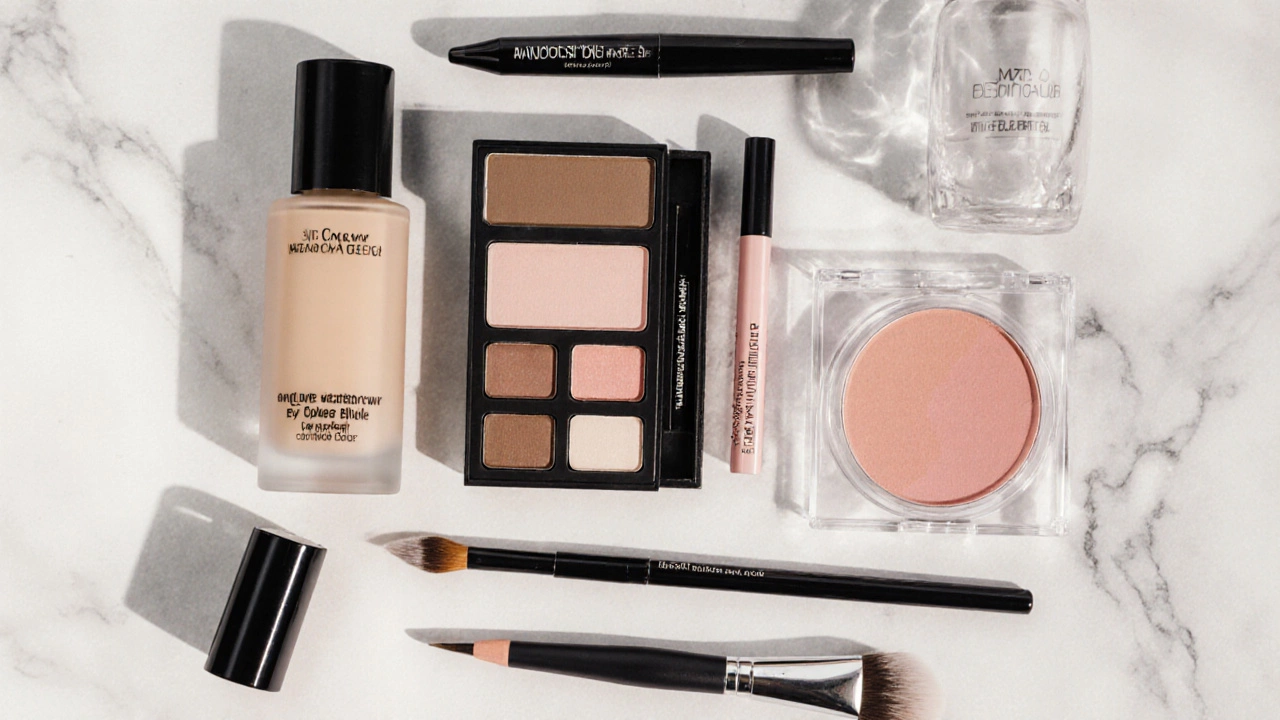
Step‑by‑step application for a natural look
- Start with clean, moisturized skin. Allow your moisturizer to fully absorb before moving on.
- Apply a pea‑sized amount of primer with your fingertips; blend outward for an even base.
- Using the foundation brush, dab foundation onto the center of your face (forehead, nose, cheeks, chin) and blend outward. Build coverage only where needed.
- Spot‑conceal any blemishes or dark circles. Tap gently with the angled brush; blend the edges into the surrounding foundation.
- Set the T‑zone with a light dusting of translucent powder if you tend to get shiny throughout the day.
- For eyes, sweep a matte taupe shade from the crease to the outer corner using the fluffy brush. This creates depth without heavy color.
- Line the upper lash line with a thin stroke of eyeliner. Keep the line as close to the lashes as possible for a natural effect.
- Coat lashes with mascara, wiggling the wand at the base to avoid clumps. One to two coats are enough for everyday wear.
- Apply a soft pink or peach blush to the apples of your cheeks, blending upward toward the temples.
- Finish with a swipe of tinted lip balm or a neutral lipstick that matches your natural lip color.
This routine takes roughly 10‑12 minutes once you’ve practiced the motions. The key is to keep each layer thin and blend well; heavy layers create a cakey look that defeats the purpose of a beginner kit.
Common pitfalls and how to avoid them
- Choosing the wrong shade: Always test foundation and concealer on your jawline in daylight. If it looks orange, go a shade darker; if it disappears, go lighter.
- Over‑applying powder: Powder is great for shine control but can dull the complexion. Use a small amount only on oily zones.
- Using the wrong brush size: A fluffy brush can’t create precise lines for eyeliner. Keep a small angled brush for that task.
- Skipping primer: Skipping primer is the fastest way to have makeup slide off by noon, especially in humid climates like Wellington’s.
- Ignoring skin type: Oily skin benefits from oil‑free, matte formulas; dry skin thrives with hydrating, luminous finishes.
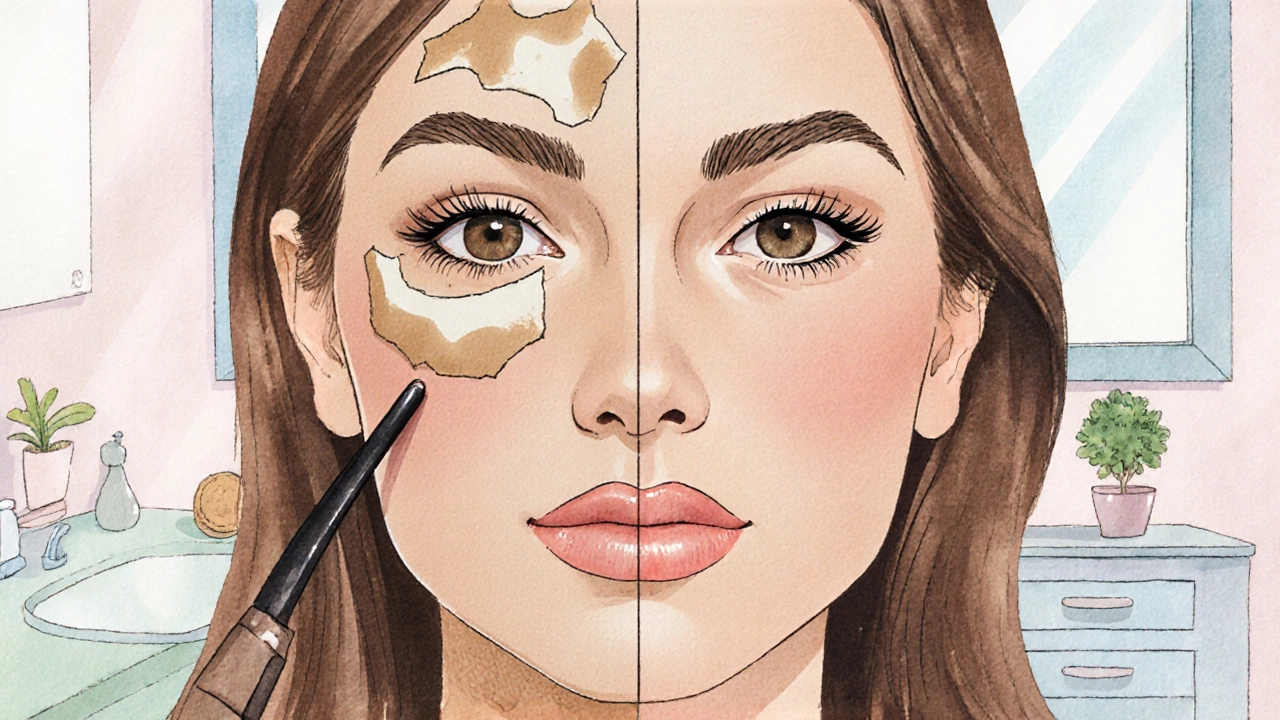
How to maintain and store your kit
Makeup can turn into a breeding ground for bacteria if not cared for properly. Follow these simple habits:
- Wash foundation brushes weekly with a gentle soap and let them air‑dry.
- Replace mascara every three months - the formula can harbor microbes.
- Keep liquid products in a cool, dry place away from direct sunlight to prevent oxidation.
- Use a small, airtight makeup bag for travel; this prevents breakage and keeps products tidy.
Next steps: expanding your collection
Once you’re comfortable with the basics, you can start adding tools that give you more creative freedom. A versatile eyeshadow palette with bold colors, a liquid lipstick for a pop of drama, and a setting spray to lock everything in are popular upgrades. Remember, each addition should solve a specific need - if you’re not missing anything, there’s no rush to buy more.
Do I need a separate setting powder?
A setting powder is useful if you have oily skin or if you plan to wear makeup for more than eight hours. For most beginners, a light dusting of translucent powder over the T‑zone is enough.
Can I use a single brush for multiple products?
It’s best to keep a dedicated brush for each product type. Using a foundation brush on eyes can transfer pigments and cause irritation. A small angled brush works well for both liner and concealer.
How often should I replace my foundation?
Most foundations stay fresh for up to 12 months after opening. Look for changes in scent, texture, or color as signals to toss it.
Is it okay to mix liquid foundation with moisturizer?
Mixing a small amount of moisturizer with foundation can create a dewy, breathable finish, especially for dry skin. Just be sure to blend well so you don’t end up with streaks.
Should I match my foundation to my neck or my face?
Aim for a shade that blends seamlessly between your face and neck. Testing on both areas in natural light will give the most natural result.
